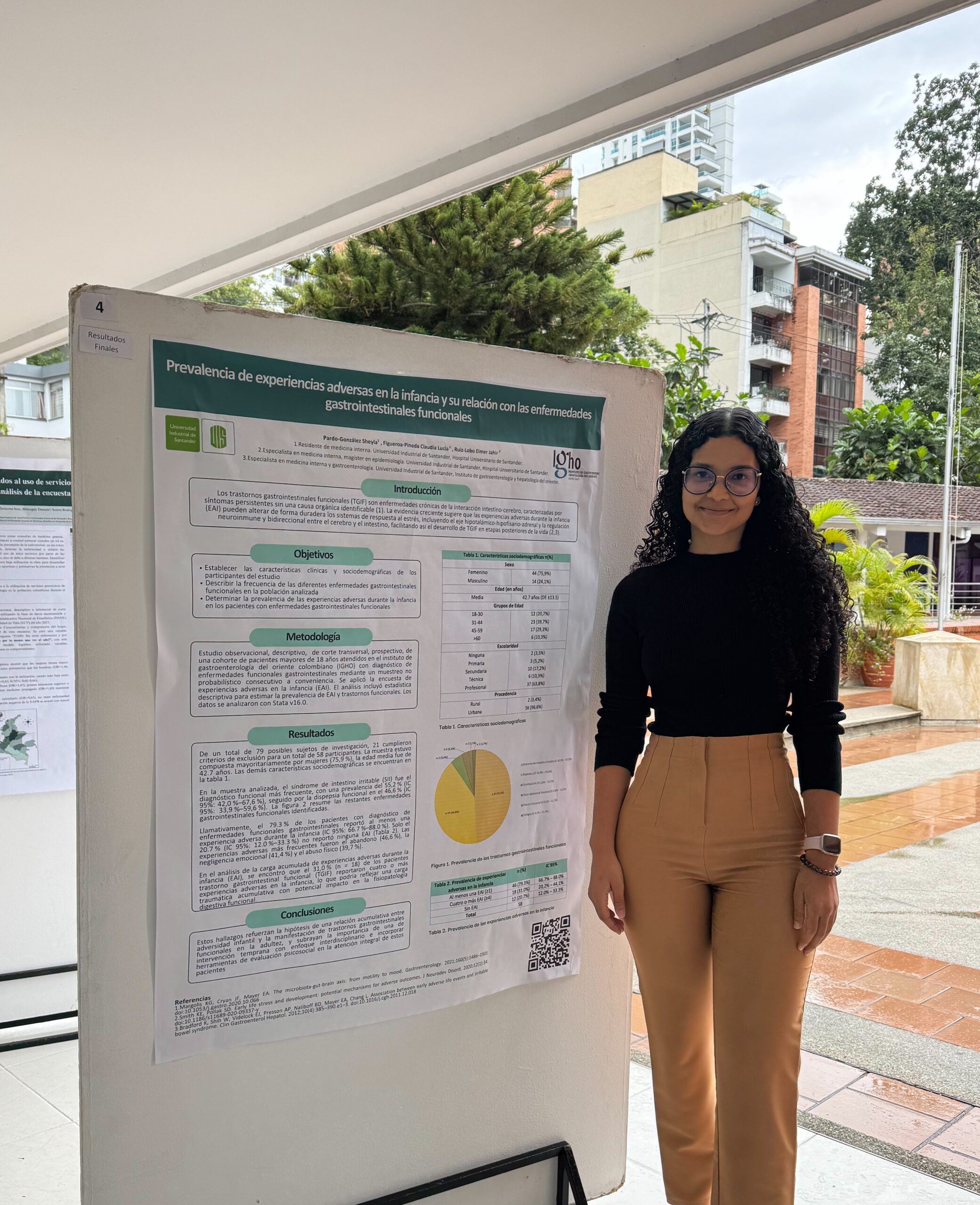
This article presents the results of the analysis of being chronically exposed in cities to levels of air pollution measured as fine particulate matter (PM2.5) and its relationship with cardiorespiratory mortality. The novelty of the analysis is that the PM2.5 exposure surfaces are used, which are much more detailed geographically and were developed for each city as part of this same project, and the analysis with mortality is done at the small intra-urban spatial scale, which is the census sector level, which improves the analysis that had been done in previous studies with municipal scale or larger areas.
This research is one of the last products of the project “Air quality and urban environmental health in five cities of Colombia” (Barranquilla, Cali, Bogota, Medellin and Bucaramanga), one of the three projects that were part of the “Environmental Health Research Program for Colombia”, the only program in the area of environmental health funded by MINCIENCIAS.
At the UIS, the program is led by professors Laura Rodríguez, principal investigator of the air quality project, and Víctor Mauricio Herrera, from the Department of Public Health of the School of Medicine.
Seven national academic institutions also participated in this research: Universidad Nacional de Colombia, Bogotá, Universidad de Antioquia, Universidad Pontifica Bolivariana – Medellín, Universidad San Buenaventura Medellín, Universidad del Norte, Universidad Autónoma de Bucaramanga, and the National Institute of Health, and McGill University participated as an international collaborating university, as well as the health and environmental authorities of each city.
This article presents the results of the analysis of being chronically exposed in cities to levels of air pollution measured as fine particulate matter (PM2.5) and its relationship with cardiorespiratory mortality. The novelty of the analysis is that the surfaces of exposure to PM2.5 are used, which are much more detailed geographically and were developed for each city as part of this same project, and the analysis with mortality is done at a small intra-urban spatial scale, which is the census sector level, which improves the level of analysis that had been done in previous studies with municipal scale or larger areas.
This study involved the environmental and health secretaries of the cities from the beginning and it is expected that its results will better inform policy decisions in terms of environmental health in the main cities of Colombia.
Resultados de este análisis se presentaron en los comités territoriales de salud ambiental COTSA de los territorios y han sido presentados en eventos académicos internacionales.
Esta investigación permitió identificar posibles focos de vulnerabilidad para orientar intervenciones de salud pública específicas en Colombia. Los hallazgos enfatizan la necesidad de intervenciones de salud pública específicas y adaptadas a cada ciudad, así como la importancia de incorporar evaluaciones de exposición localizadas para comprender mejor las implicaciones de la contaminación atmosférica en la salud cardiopulmonar en entornos urbanos.
Quienes deseen leer el artículo completo, puede leerlo en el siguiente enlace https://www.scielo.br/j/csp/a/vbD7XWxHnDHGyDHGBd9cGFG/abstract/?lang=es





